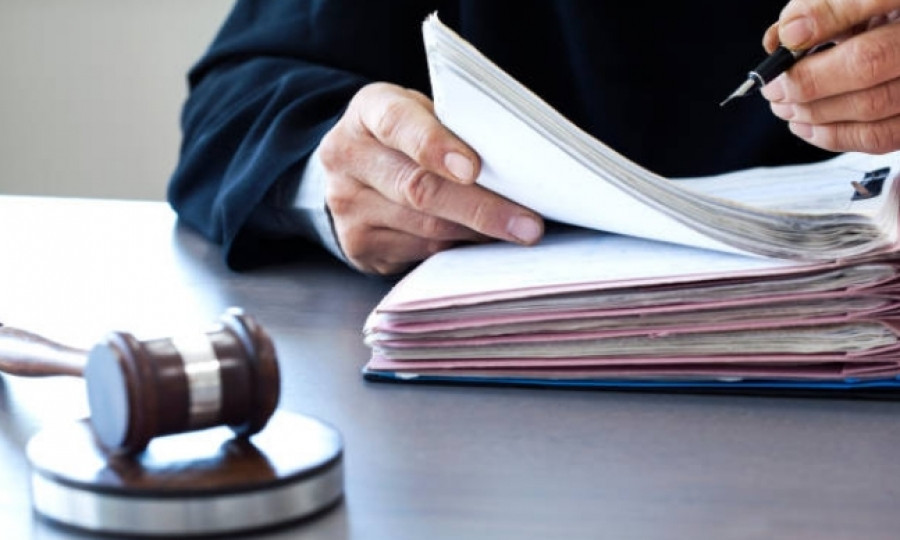 Proper identification must occur when examining electronic evidence. This means, in particular, that any technology that verifies the authenticity, accuracy and integrity of data must be accepted.
Proper identification must occur when examining electronic evidence. This means, in particular, that any technology that verifies the authenticity, accuracy and integrity of data must be accepted.
The Commercial Court of Cassation drew attention to this in its decision dated August 3, 2022 in case No. 910/5408/21, ” Law and Business ” reports.
When resolving this dispute regarding the collection of debt under the contract, the court of appeal came to the conclusion that the plaintiff’s reference to written correspondence in the Telegram messenger, information from the Jira working environment, download logs on the Gitlab platform, etc. are unfounded and rejected. After all, these evidences are not proper and admissible in the sense of Article 5, Part 1, 2 of Article 6 of the Law “On Electronic Documents and Electronic Document Management” in the absence of an electronic digital signature of an authorized person.
However, KGS disagreed with this, noting that every electronic evidence (original) usually contains such hidden information as metadata. Metadata is information about other data and is sometimes referred to as the “digital footprint” of electronic evidence. It may include important evidentiary data, such as the date and time the file or document was created or modified, or the author, and the date and time the data was sent. Direct access to metadata is usually not available.
He emphasized that courts should be aware of the potential probative value of metadata in the event that the other party disputes the authenticity of the evidence (authorship, integrity, authenticity). Metadata can be used to track and identify the source and recipient of a message, data about the device that created the electronic evidence, date, time, duration and type of evidence. Metadata can be relevant either as circumstantial evidence (for example, pointing to the most relevant version of a document) or as direct evidence (for example, if a file’s data has been manipulated). This guidance is also relevant in case of loss of metadata.
KGS reminded that in the resolution of the joint chamber of the KGS dated 15.07.2022 in case No. 914/1003/21 states: “Current legislation defines cases when the use of an electronic signature is mandatory and in the absence of such a signature, the document will not be considered received from a certain person. But these cases do not cover commercial, business or personal e-mail correspondence between private individuals (unless otherwise agreed between the parties). In such relations, it is assumed that the message is sent to the person who is indicated as the sender of the email or who signed the text of the message itself on his own behalf.
Thus, the OP KGS came to the conclusion that “the absence of a qualified electronic signature on the message does not indicate that a person cannot be identified with a sufficient degree of probability as the sender of such a message sent by e-mail, that is, the information disseminator.”
Moreover, the “letter in response” doctrine is widely used in relation to electronic evidence. That is, if it is proven that the letter or message was sent to a certain person, then the message that is the answer will be considered authentic without additional evidence. After all, it is unlikely that anyone other than this person can receive and respond to the message, taking into account its content and discussed details.



